An analysis of mallet finger, detailing its causes, symptoms, and the recommended therapeutic interventions for recovery.
1 min read 18 Jul 2019
What is a mallet finger?
A mallet finger is when you cannot straighten out the tip of your finger. It usually occurs when a large force has been applied to the tip of your straight finger, causing the tendon that straightens your finger tip to rupture.
A laceration, disease or infection can also cause this tendon to rupture. It is common for a small part of the bone to be taken with the tendon. When this occurs it is called an avulsion mallet finger.
What may I experience?
What should I do?
Keep your finger immobilised in a hyperextended splint for 6-8 weeks. For an effective hand therapy a custom made splint will be made for you with your finger in the correct position. It will need to be worn all the time.
The splint may need to be adjusted as the swelling reduces. Do not grip objects forcefully or put pressure through the tip of your finger during this time.
You will need to check the condition of your skin regularly. A bandage to reduce the swelling is also to be worn.
When the splint is removed, in therapy, your ability to straighten your finger again will be assessed. Your finger may be slightly stiff and therefore you may need some exercises to regain full movement & strength.
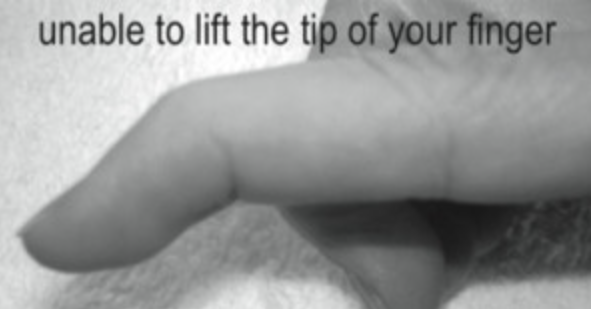
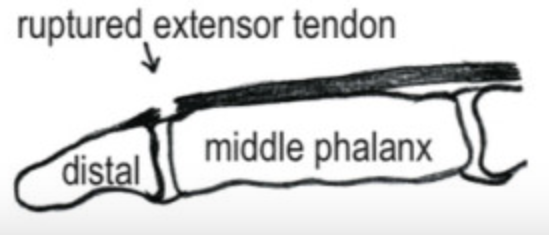
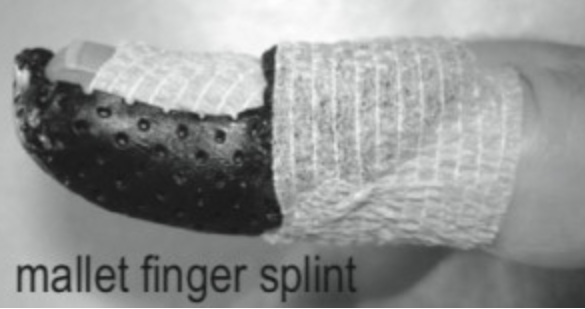
What can I expect?
By following The Hands Physio recommendations and treatments your finger should recover fully and straighten again. Occassionally, a lag of less then ten degrees, or a stiff joint may occur. You should have full tendon strength by 10-12 weeks.
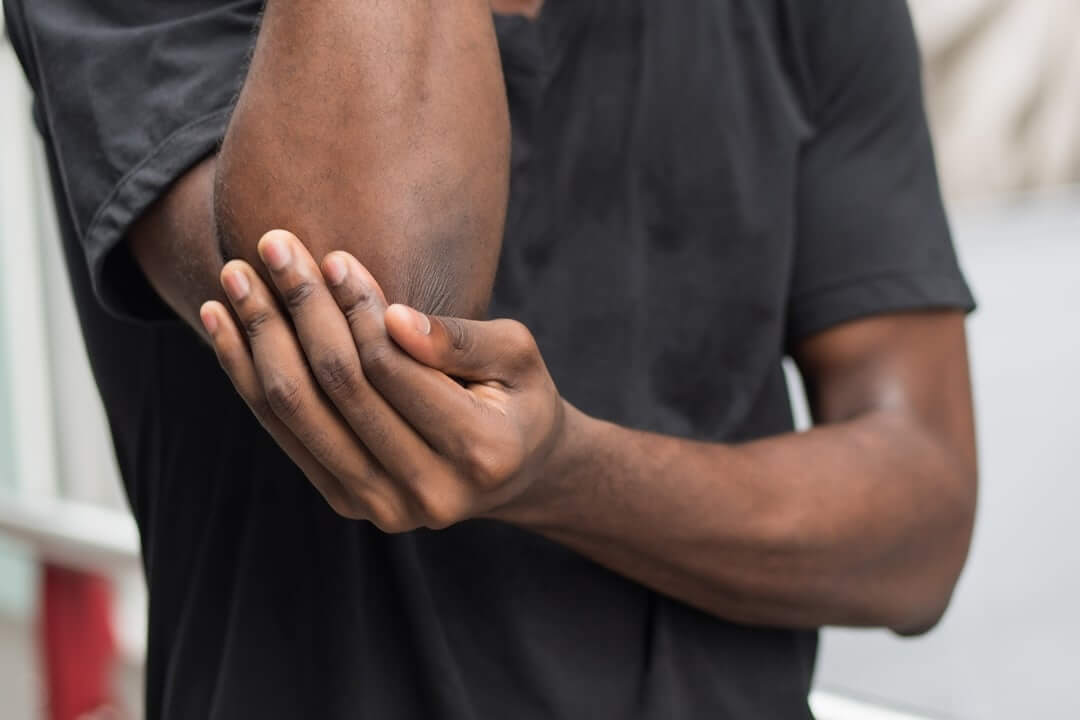
Acute pain is when the body is working to heal structural tissue damage. Everything is done to ensure structural and mechanical integrity if maximised of the injured tissues.

Most wounds recover in the repair phase of healing. Our therapists look after your wounds by providing dressings that are applied with a sterile technique to avoid infection.
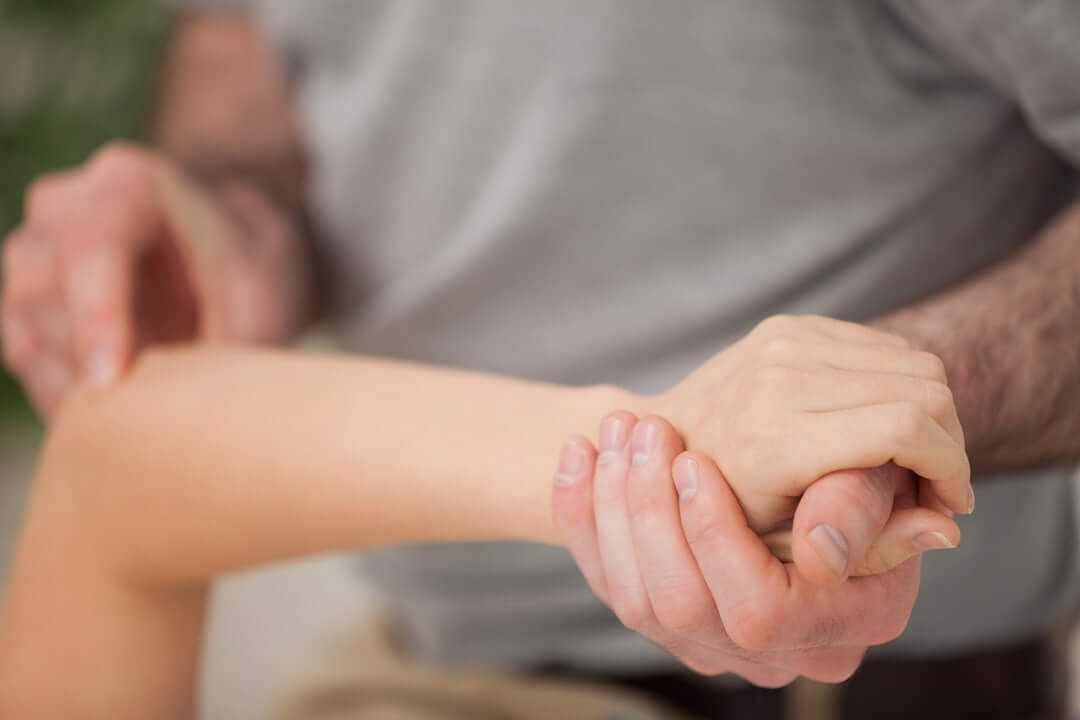
Joint mobilisation involves moving the joint back and forth in small oscillating movements further and further into range to restore the joints normal movement.
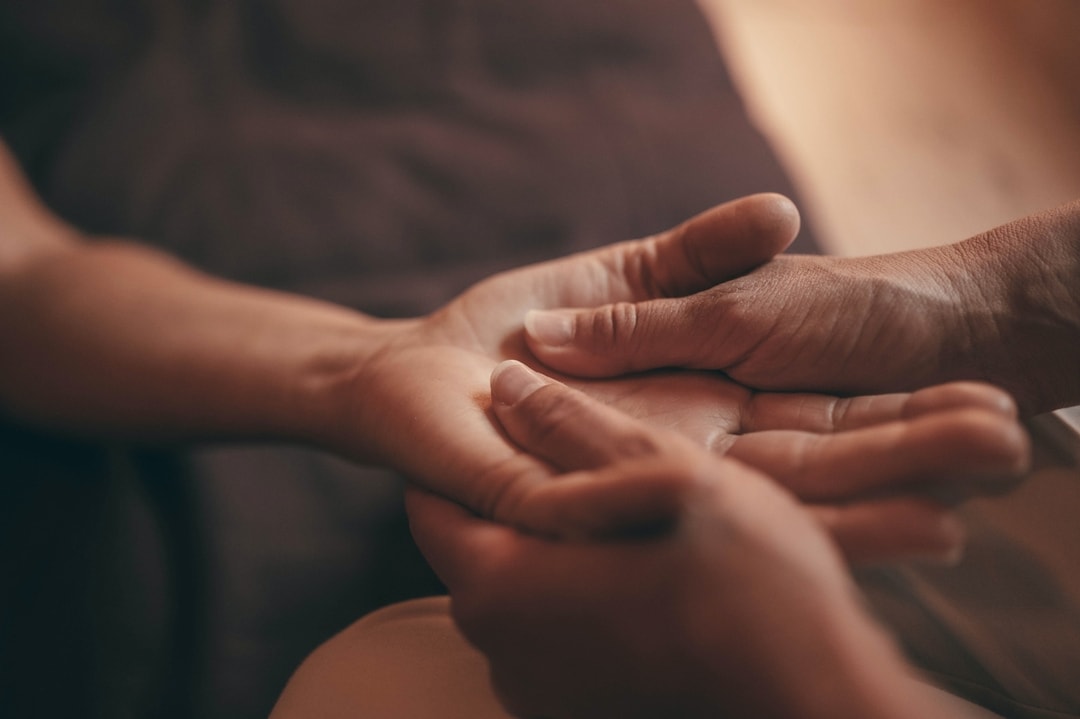
Massage helps to improve blood supply to the injured area, helping you recover faster.

Exercise is the body’s natural way of restoration to improve stability, mechanics, strength and movement to an injury. Whether the injury is from overuse, trauma, disease or surgery exercises are necessary to restore function.
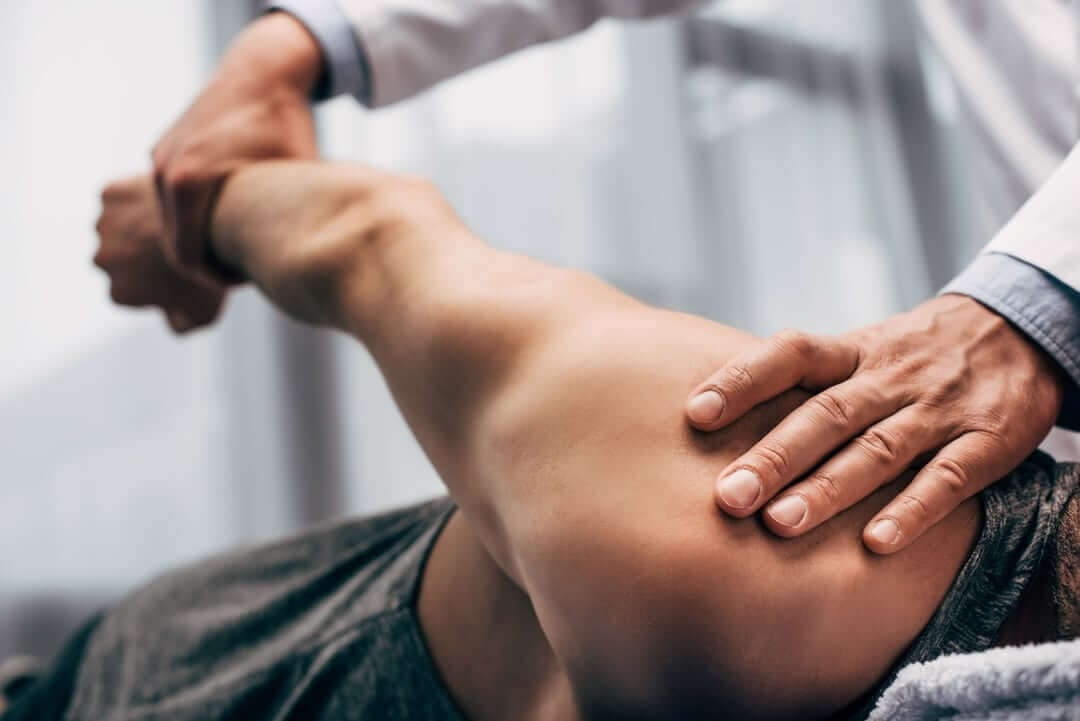
Stretching is extremely beneficial for our joints, muscles and tendons. Not only do they help prepare your body work/exercises they ensure you are working at your optimum energy efficiency.